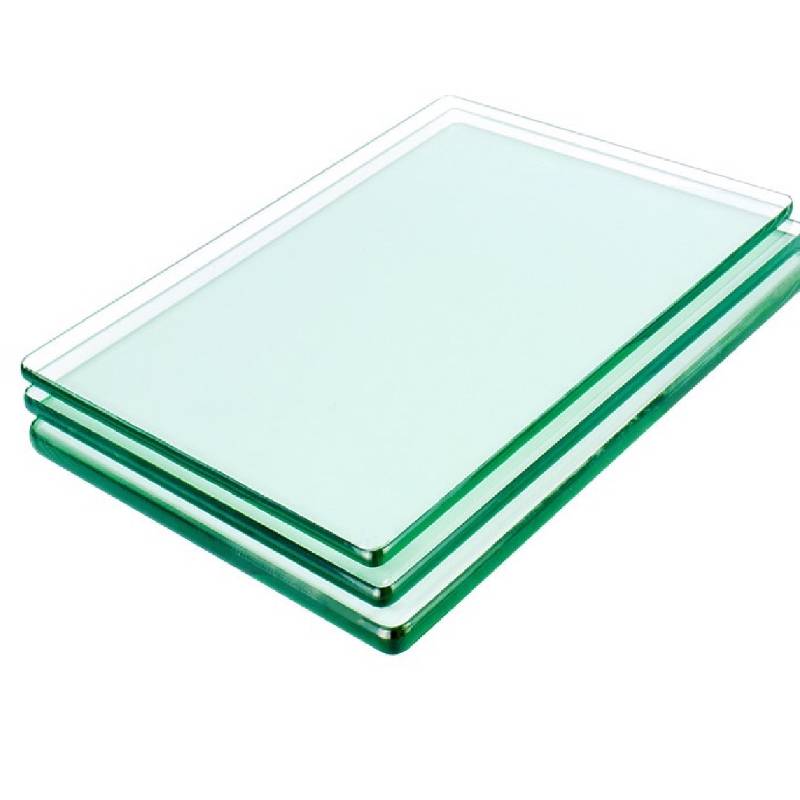Exploring Different Glass Patterns A Visual Symphony
Glass is an extraordinary material that has adorned human civilization for centuries. From ancient Roman mosaics to modern skyscrapers, glass has been used in various forms and styles, showcasing its versatility and beauty. Among the myriad applications of glass, the intricate patterns etched, molded, or colored into it have captured the fascination of artists, architects, and everyday enthusiasts alike. This article delves into the world of different glass patterns, examining their historical significance, methods of creation, and aesthetic appeal.
Historical Significance
The use of patterned glass dates back to ancient times. Early artisans in Egypt and Mesopotamia experimented with glassmaking techniques, often incorporating decorative patterns to enhance the visual appeal of their works. During the Middle Ages, stained glass windows became a hallmark of cathedrals across Europe. Artisans meticulously crafted these windows, using colorful glass pieces held together by lead came. The patterns depicted biblical stories, saints, and natural motifs, serving both decorative and educational purposes.
In the 19th century, advances in glass manufacturing, such as plate glass and float glass techniques, led to an explosion of glass patterns in architecture and interior design. This era witnessed the rise of Art Nouveau, characterized by flowing, organic shapes and intricate motifs that reflected the natural world. The patterned glass of this time transformed mundane surfaces into visually striking elements, elevating the atmosphere of public spaces, homes, and galleries.
Techniques for Creating Glass Patterns
There are several techniques for creating unique glass patterns, each offering different effects and textures.
1. Etching This technique involves using acidic substances to create designs on the surface of glass. Artists can achieve a frosted appearance, allowing light to diffuse softly through the material. Etched glass is often used for windows, mirrors, and decorative panels, providing privacy without sacrificing elegance.
different glass patterns
2. Fusing In this method, various pieces of glass are layered and heated in a kiln until they fuse together. The result can be a stunning array of colors and shapes, creating dynamic patterns. Fused glass is frequently used for jewelry, art pieces, and functional items like dishes and bowls.
3. Casting Casting glass involves pouring molten glass into a mold where it cools and solidifies. This method allows for intricate designs that can be both functional and ornamental. Cast glass pieces can be found in architectural applications, sculptures, and decorative objects, often celebrating the beauty of form.
4. Laminating In this modern technique, layers of glass are bonded together with an interlayer, allowing for the incorporation of various materials, such as fabric or paint, between the layers. The result is a visually striking piece with depth and texture. Laminated glass is commonly used in safety glass applications and modern interior design.
Aesthetic Appeal
Glass patterns possess a quality that can transform a simple object into a masterpiece. The interplay of light and shadow through patterned glass can create mesmerizing effects, inspiring admiration and contemplation. From the geometric elegance of modern designs to the intricate detail of historical stained glass, each pattern tells a story and evokes emotions.
In contemporary design, glass patterns are increasingly used to promote sustainability and environmental consciousness. Designers incorporate patterns that mimic natural elements, such as leaves or water ripples, bridging the gap between the built environment and nature. Patterns in glass can also enhance energy efficiency by reducing heat gain and glare, showcasing how form and function can harmoniously coexist.
Conclusion
The exploration of different glass patterns reveals the artistic, historical, and functional significance of this remarkable material. Whether through etching, fusing, casting, or laminating, artists and craftsmen continue to push the boundaries of what glass can achieve. As we move forward, it is essential to appreciate and preserve the rich tradition of glassmaking while embracing innovative techniques that allow for even greater creative expression. In every pattern, there lies a story waiting to be told, a visual symphony that reflects the beauty of our world.
 Afrikaans
Afrikaans  Albanian
Albanian  Amharic
Amharic  Arabic
Arabic  Armenian
Armenian  Azerbaijani
Azerbaijani  Basque
Basque  Belarusian
Belarusian  Bengali
Bengali  Bosnian
Bosnian  Bulgarian
Bulgarian  Catalan
Catalan  Cebuano
Cebuano  Corsican
Corsican  Croatian
Croatian  Czech
Czech  Danish
Danish  Dutch
Dutch  English
English  Esperanto
Esperanto  Estonian
Estonian  Finnish
Finnish  French
French  Frisian
Frisian  Galician
Galician  Georgian
Georgian  German
German  Greek
Greek  Gujarati
Gujarati  Haitian Creole
Haitian Creole  hausa
hausa  hawaiian
hawaiian  Hebrew
Hebrew  Hindi
Hindi  Miao
Miao  Hungarian
Hungarian  Icelandic
Icelandic  igbo
igbo  Indonesian
Indonesian  irish
irish  Italian
Italian  Japanese
Japanese  Javanese
Javanese  Kannada
Kannada  kazakh
kazakh  Khmer
Khmer  Rwandese
Rwandese  Korean
Korean  Kurdish
Kurdish  Kyrgyz
Kyrgyz  Lao
Lao  Latin
Latin  Latvian
Latvian  Lithuanian
Lithuanian  Luxembourgish
Luxembourgish  Macedonian
Macedonian  Malgashi
Malgashi  Malay
Malay  Malayalam
Malayalam  Maltese
Maltese  Maori
Maori  Marathi
Marathi  Mongolian
Mongolian  Myanmar
Myanmar  Nepali
Nepali  Norwegian
Norwegian  Norwegian
Norwegian  Occitan
Occitan  Pashto
Pashto  Persian
Persian  Polish
Polish  Portuguese
Portuguese  Punjabi
Punjabi  Romanian
Romanian  Russian
Russian  Samoan
Samoan  Scottish Gaelic
Scottish Gaelic  Serbian
Serbian  Sesotho
Sesotho  Shona
Shona  Sindhi
Sindhi  Sinhala
Sinhala  Slovak
Slovak  Slovenian
Slovenian  Somali
Somali  Spanish
Spanish  Sundanese
Sundanese  Swahili
Swahili  Swedish
Swedish  Tagalog
Tagalog  Tajik
Tajik  Tamil
Tamil  Tatar
Tatar  Telugu
Telugu  Thai
Thai  Turkish
Turkish  Turkmen
Turkmen  Ukrainian
Ukrainian  Urdu
Urdu  Uighur
Uighur  Uzbek
Uzbek  Vietnamese
Vietnamese  Welsh
Welsh  Bantu
Bantu  Yiddish
Yiddish  Yoruba
Yoruba  Zulu
Zulu 

